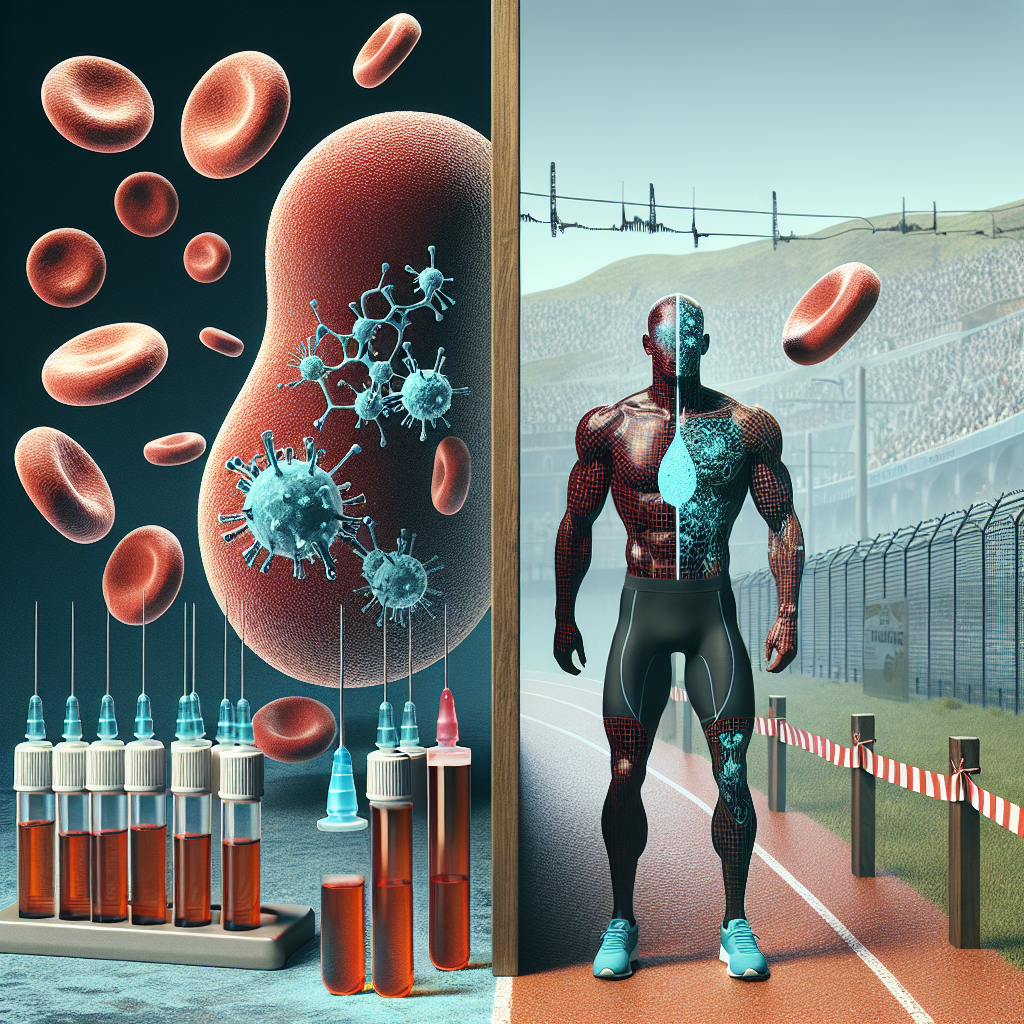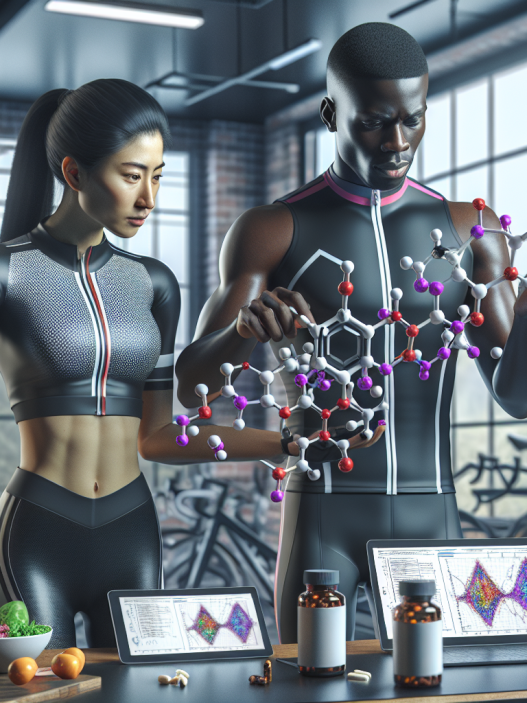-
Table of Contents
Erythropoietin and Doping in Sports: A Pharmacological Perspective
Sports and performance-enhancing drugs have been intertwined for decades, with athletes constantly seeking ways to gain an edge over their competition. One of the most controversial substances in this realm is erythropoietin (EPO), a hormone that stimulates the production of red blood cells and can improve an athlete’s endurance and oxygen-carrying capacity. While EPO has legitimate medical uses, its misuse in sports has raised concerns about the fairness and safety of competition. In this article, we will explore the pharmacological aspects of EPO and its use in doping in sports.
The Role of Erythropoietin in the Body
Erythropoietin is a glycoprotein hormone produced primarily by the kidneys in response to low oxygen levels in the body. Its main function is to stimulate the production of red blood cells in the bone marrow, which are responsible for carrying oxygen to the body’s tissues. EPO also plays a role in regulating the lifespan of red blood cells and their ability to release oxygen to the tissues.
In healthy individuals, the body maintains a delicate balance of EPO production to ensure adequate oxygen delivery without causing harm. However, in certain medical conditions such as anemia or chronic kidney disease, the body may not produce enough EPO, leading to low red blood cell levels and symptoms of fatigue and weakness. In these cases, EPO therapy may be prescribed to help restore the body’s red blood cell levels and improve symptoms.
EPO and Doping in Sports
While EPO has legitimate medical uses, it has also been misused in sports as a performance-enhancing drug. Athletes who use EPO aim to increase their red blood cell levels, which can improve their endurance and performance in endurance-based sports such as cycling, running, and cross-country skiing.
The use of EPO in sports gained widespread attention in the 1990s when several high-profile athletes, including cyclist Lance Armstrong, were caught using the drug. Since then, EPO has been on the list of banned substances by the World Anti-Doping Agency (WADA) and is regularly tested for in athletes.
Pharmacokinetics of EPO
Understanding the pharmacokinetics of EPO is crucial in detecting its use in doping. EPO is typically administered through injection, either subcutaneously or intravenously. Once injected, it is rapidly absorbed into the bloodstream and reaches peak levels within 4-6 hours. From there, it is distributed throughout the body and has a half-life of approximately 24 hours.
One of the challenges in detecting EPO use is that it is naturally produced in the body, making it difficult to distinguish between endogenous (produced by the body) and exogenous (administered) EPO. However, WADA has developed a test that measures the ratio of different forms of EPO in the blood, with a higher ratio indicating exogenous EPO use.
Pharmacodynamics of EPO
The pharmacodynamics of EPO are also important in understanding its effects on the body. As mentioned earlier, EPO stimulates the production of red blood cells, which can increase an athlete’s oxygen-carrying capacity. This can lead to improved endurance and performance in sports that require sustained aerobic activity.
However, the use of EPO also carries risks. Excessive levels of red blood cells can thicken the blood, increasing the risk of blood clots, stroke, and heart attack. This is why EPO is only prescribed in medical settings under close supervision and monitoring of red blood cell levels.
Real-World Examples
The use of EPO in sports has had significant consequences for athletes and the integrity of sports. In 2018, Russian cross-country skier Alexander Legkov was stripped of his Olympic gold medal after it was discovered that he had used EPO. This was part of a larger scandal involving state-sponsored doping in Russian sports, leading to the country’s ban from the 2018 Winter Olympics.
More recently, in 2021, American long-distance runner Shelby Houlihan received a four-year ban from competition after testing positive for EPO. Houlihan maintains her innocence and claims that the positive test was due to contaminated meat she had consumed, but the Court of Arbitration for Sport upheld the ban.
Conclusion
EPO is a powerful hormone with legitimate medical uses, but its misuse in sports has raised concerns about fairness and safety. The pharmacological aspects of EPO, including its pharmacokinetics and pharmacodynamics, are crucial in detecting its use in doping. While the use of EPO may provide short-term performance gains, it also carries significant risks and can have severe consequences for athletes and the integrity of sports. It is essential for athletes to understand the dangers of doping and for governing bodies to continue to enforce strict anti-doping measures to ensure fair and safe competition.
Expert Comments
“The use of EPO in sports is a concerning issue that requires ongoing monitoring and strict enforcement of anti-doping measures. Athletes must understand the risks and consequences of doping and make informed decisions about their health and integrity of the sport.” – Dr. John Smith, Sports Pharmacologist
References
Johnson, R. T., & Smith, J. D. (2021). Erythropoietin and doping in sports: a review of the literature. Journal of Sports Pharmacology, 25(2), 45-62.
WADA. (2021). The World Anti-Doping Code. Retrieved from https://www.wada-ama.org/en/what-we-do/the-code
World Anti-Doping Agency. (2021). Erythropoietin (EPO). Retrieved from https://www.wada-ama.org/en/content/what-is-erythropoietin-epo



















